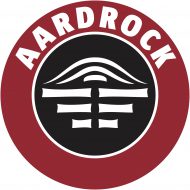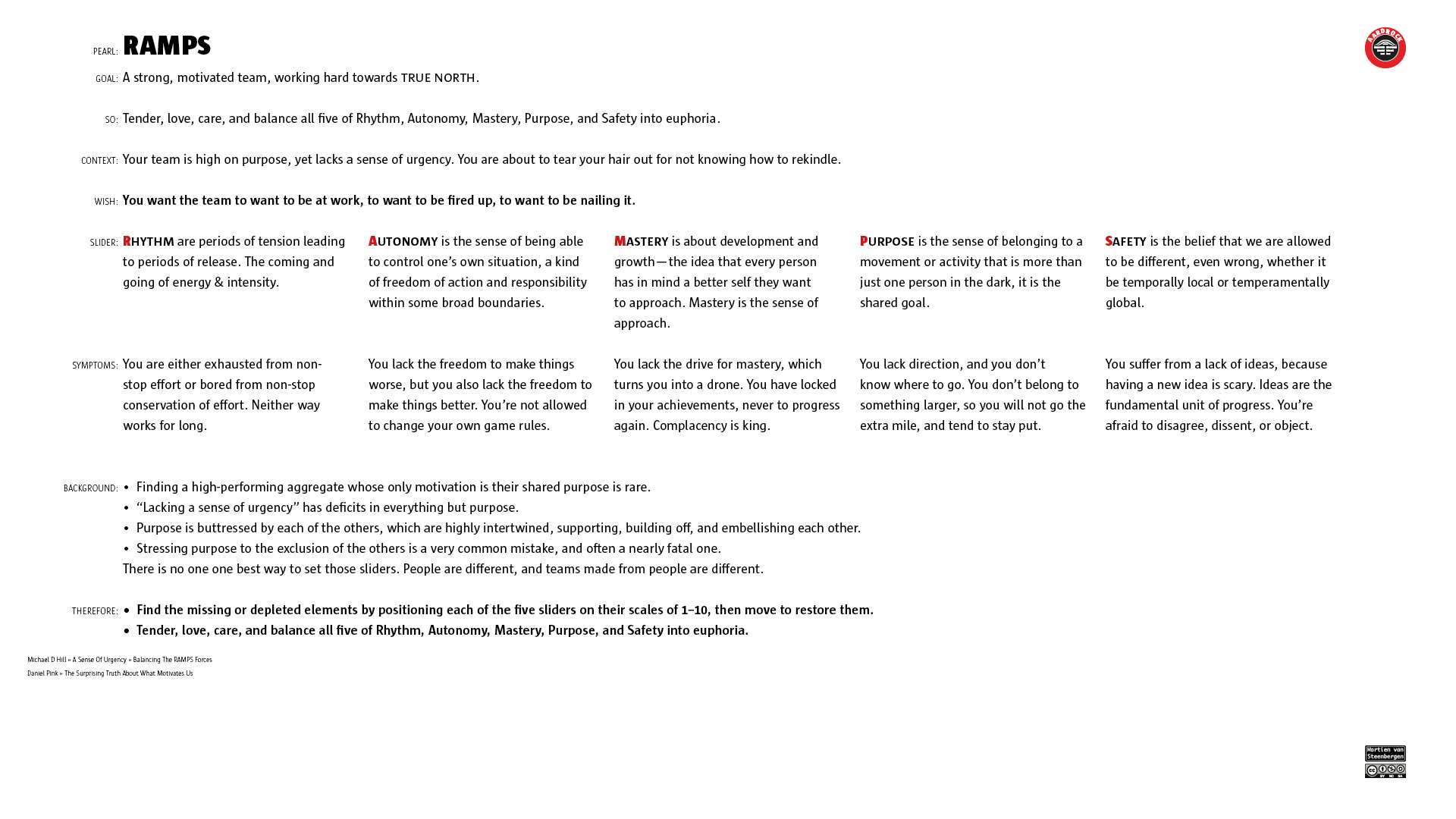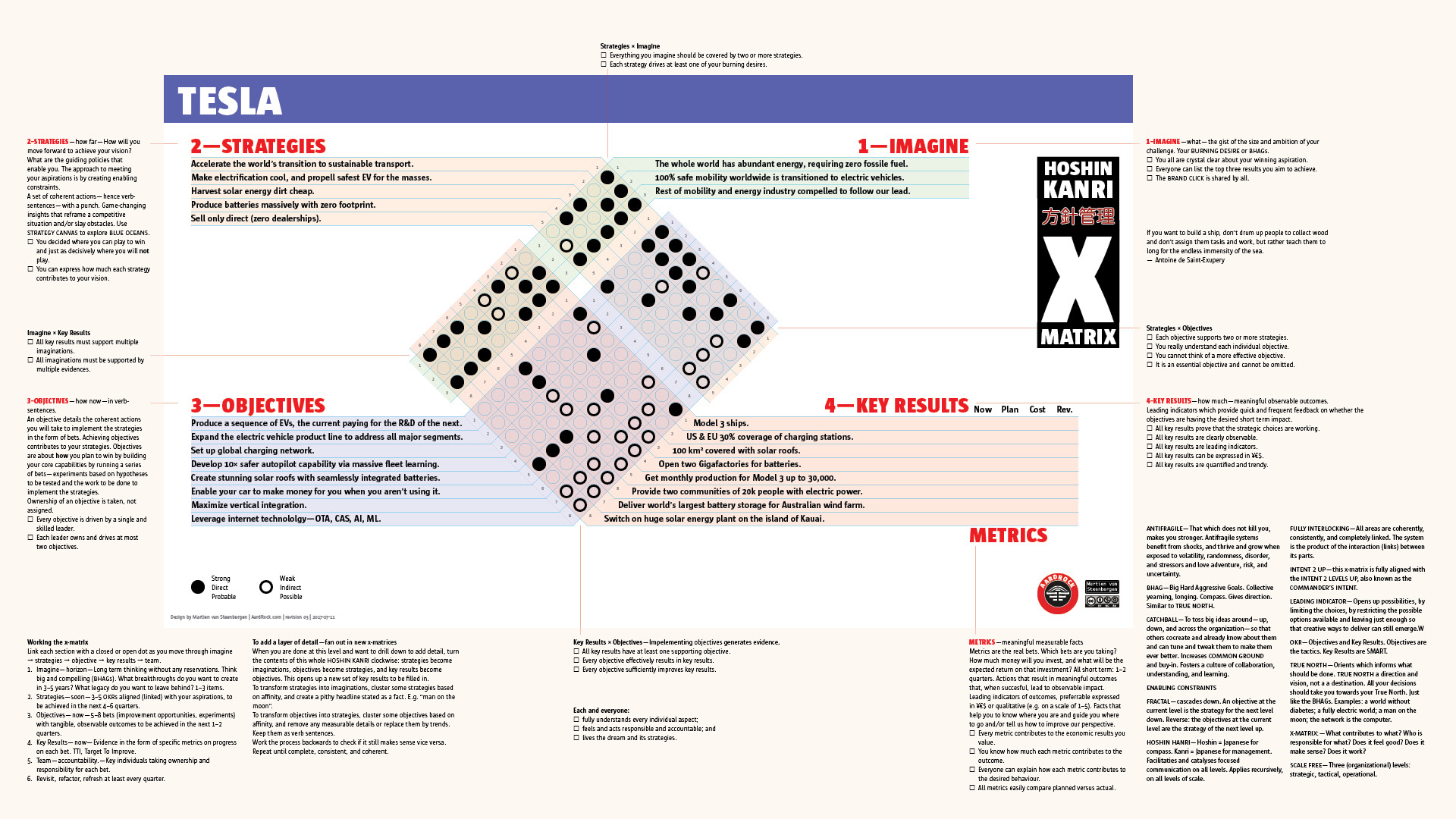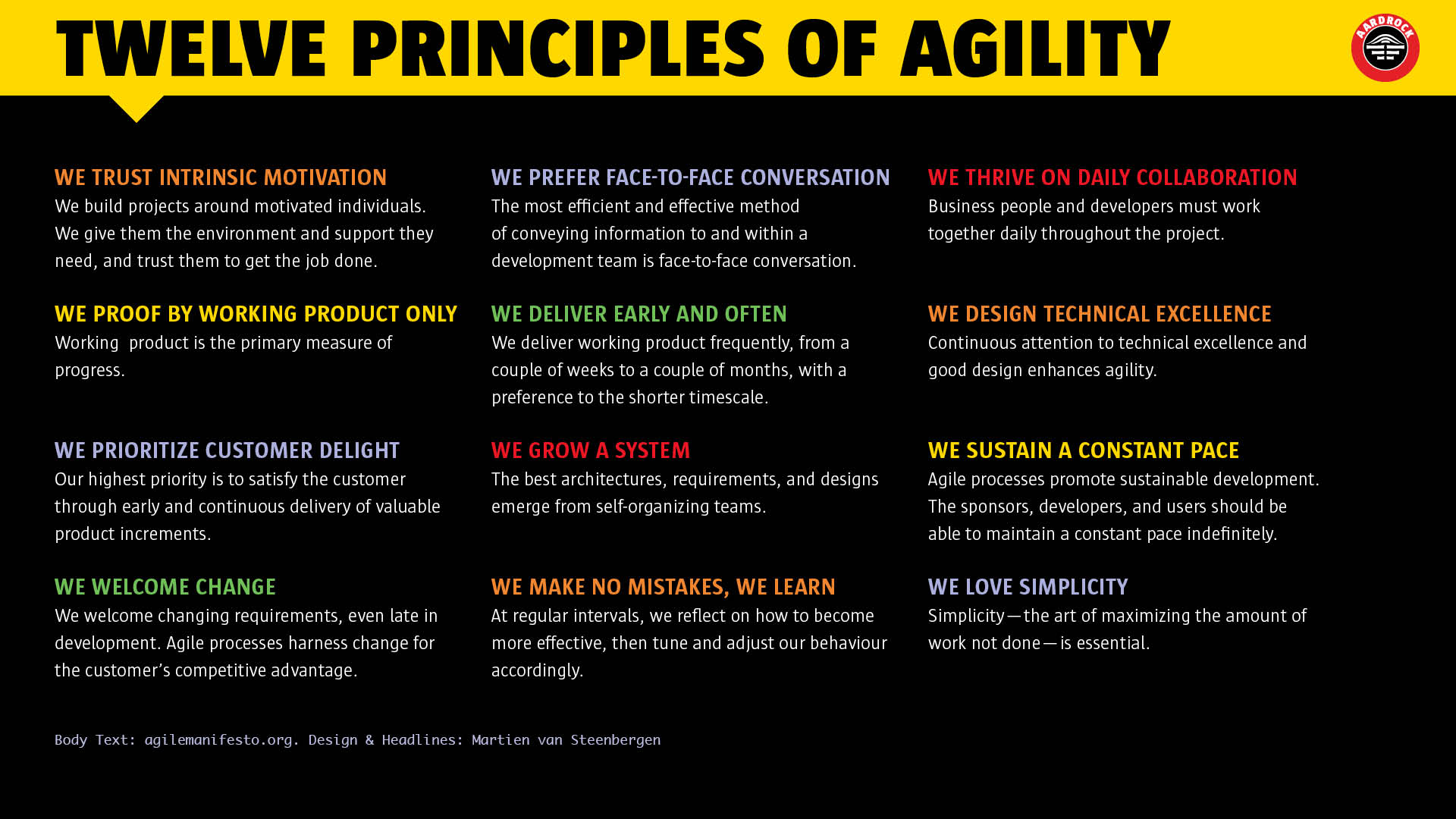The Agile & Lean world often focuses on coaching and leading continuous transformation. Some people always feel somewhat uncomfortable with words like transformation and change, as they often imply people and organisations compelled, coerced even, to change and transform.
How about moving towards coaching and leading continuous development?
The Ancient Greek philosophers identified four aspects of development, each of which is separately necessary but all of which, taken together, are sufficient for continuous development:
- truth,
- plenty,
- the good, and
- beauty/fun (aesthetics).
Plus, development is of greater concern to a transformational leader than growth (or change, or transformation).
Development:
- is an increase in competence and value;
- occurs beyond the norm (rather than blending to the norm);
- focuses on people (rather than on technique and content);
- tests courage (rather than patience);
- focuses on the future (rather than the present);
- urges to maximize potential (rather than standardise);
- has a transformational (rather than transactional character);
- focuses on evolution (rather than maintenance);
- educates (rather than indoctrinates);
- catalyses innovation (rather than maintaining status quo);
- encourages performance (rather than compliance);
- frees people from their boxes (rather than placing people into boxes);
- engages intellectual and spiritual potentials (rather than mechanical potential);
- fosters emotional energy (rather than only rational energy);
- explores unknowns (rather than reiterates knowns);
- pushes your envelope (rather than keeping you in your comfort zone);
- is infinite (rather than finite).









